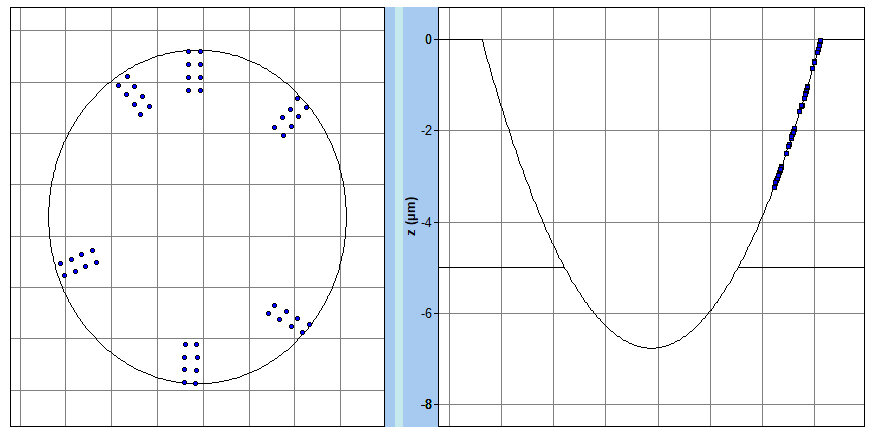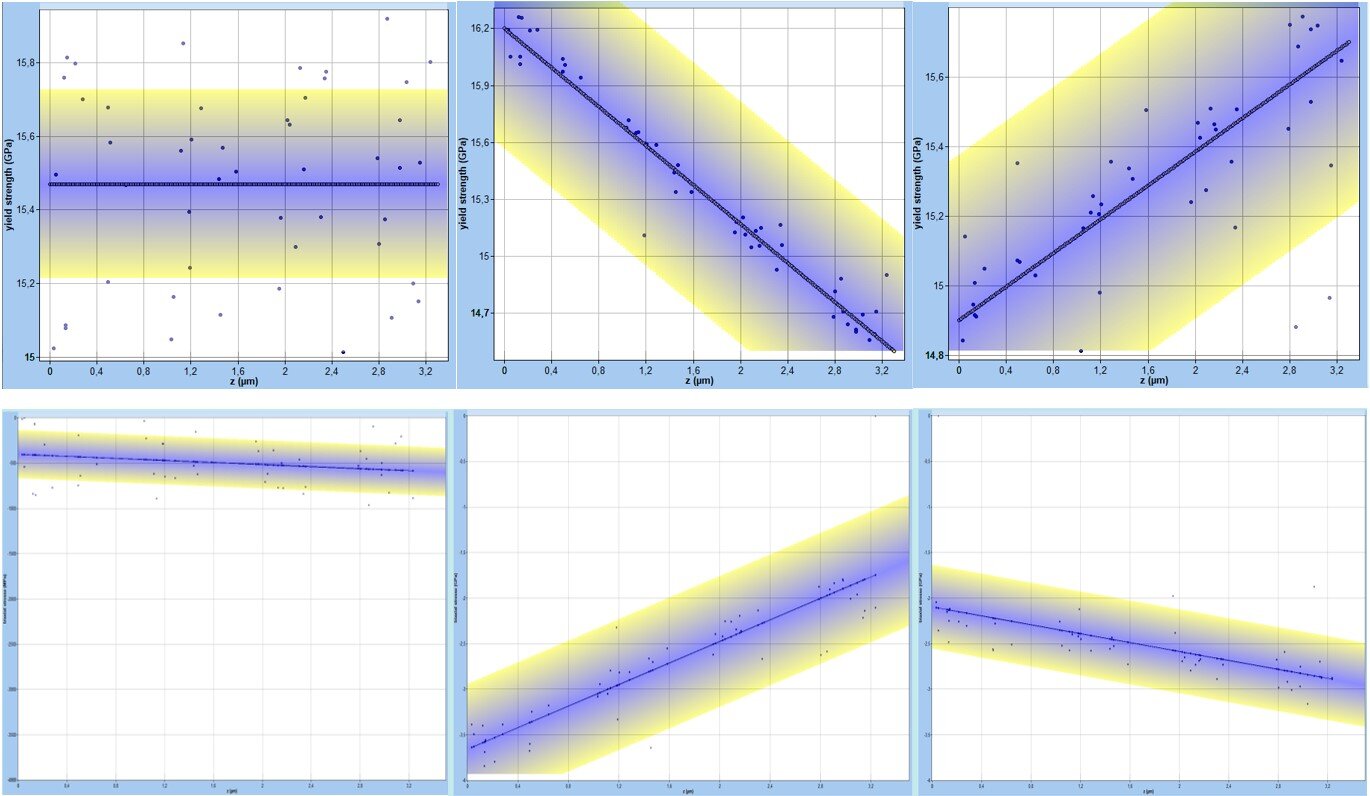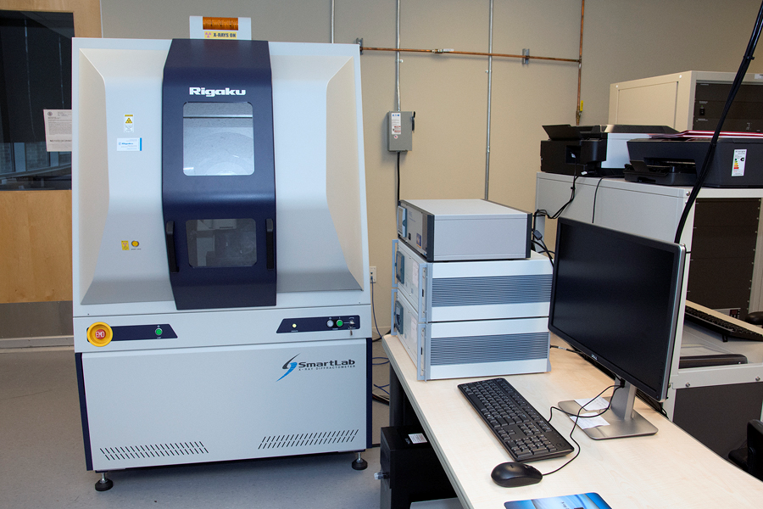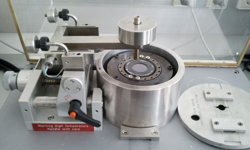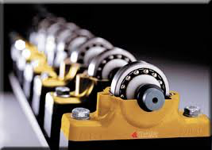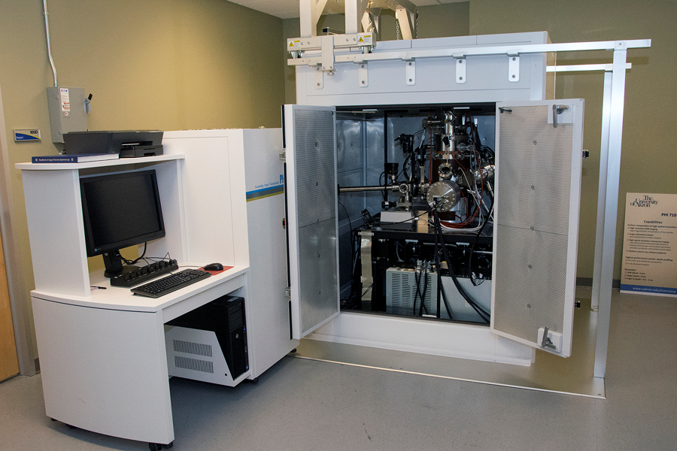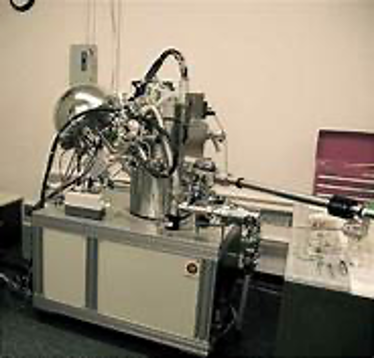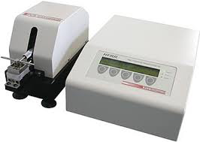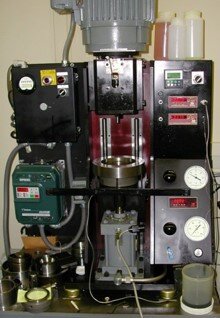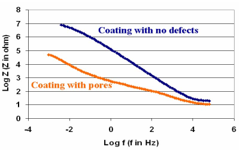Surface Engineering
Accelerate R&D and Reduce Time to Market
By leveraging the skills of GP plasma broad expertise, we can help you to rapidly reduce product development timelines by providing design targets for your coatings functional material properties for an intended applicaiton and help optimize or troubleshoot recipes. In addition, some common problems in manufacturing are film stress management that can be related to surface preparation, recipe process design, coating chamber conditions or deposition technology limitations.
Surface Coating Design & Process Optimization Cycle
If your thin film coating is failing, then there are some helpful optimization steps to follow for successful materials and process solutions:
Establish the Test Design for collecting suitable properties.
Characterize/Measure the current solution,
Model the system (both layered system and application conditions), Adjust test design as required.
Create or Modify the deposition process recipe (& choose suitable deposition technology),
Repeat steps 1-4 and then,
Validate and Test the solution
GP Plasma has expertise and a global network to move you through each of these steps with agility and insight to accelerate development and reduce time to market. We can also support properties analysis and design simulation for not just for vacuum deposited metals, ceramics and polymers, but also for other types of coatings such as hard chrome, electrolytic deposition, paints, epoxies, lacquers, and even fiber-reinforced materials.
Solving Complex Materials Failure of Layered Materials Efficiently
Too often materials and process developers are blind to the complex interactions of materials properties where limited property data does not allow a complete holistic design. For example if a failure is caused by cyclic phenomena are you properly considering the local change in all mechanical properties from such cycling, not just the typical Yield strength reduction, but also the change in local Young’s modulus, stress and other properties. These properties may have profiles through the thickness of a surface layer and into the substrate whereas designers may typically only use bulk or average values in traditional design calculations. Understanding what measurements to make and at what ‘scale’ has an important influence on both how the design will respond to a load versus a test condition and simulation. Just as we typically want to use an accelerated test that closely mimics an application condition, so to we want to make mechanical property measurements at the scale of interest for the application and potential failure conditions.
Water Droplet Impact simulating 5 drops hitting the surface and the resulting stress fields generated in the material response to each phase of droplets movement
Example No. 1
It is the clever and scale dependent variation of certain properties which counts and is crucial and therefore needs to be known. For example, Young’s modulus and yield strength together with the intrinsic or residual stress all interact to define the response of the system. Microstructure is another locally influencing factor that can be incorporated by the mechanical property measurement to be taken into consideration within the design.
Until now it has been difficult to reliably measure the different stresses within coatings in an industrial lab setting where the dependence of all other materials properties are also considered within the measurements. These complex interactions can now be extracted with our software to determine local and global properties and their influence on performance.
The example shown is for a fusion reactor wall: https://youtu.be/eBWfikGxhuQ.
Example No. 2
There are many materials scientists who think that there is not much difference between the impact of a solid particle onto a surface, and the impact of a droplet.
Well, this recent animation regarding the latter, shows that this assumption (or even simplification) is not correct and leads to disastrous consequences in assessing things like droplet erosion.
As for multiple impacts of solid particles above, at right we show water droplet collisions impacting a material showing the resulting Von Mises stress distribution in the substrate. And just as we were able to optimize coating properties and stresses to withstand multiple normal and asymmetric loads in the Fusion chamber wall example, it is also possible to do so for fluid impact (currently limited to below 300 m/s). There is much more exciting news still to come on these recent developments.
Reduce Trial and Error Testing
By providing designers the freedom to explore solutions and understand the materials behavior from data collected via instrumented materials property testing, rapid design and prototyping can be accomplished minimizing expensive application failures. Scratch testing when combined with FilmDoctor software can help localize and quantify weakened interfaces, this can be useful for design and improvement of coatings or for reliable quality testing of adhesion performance and repeatability. Too often a scratch test is set up to measure substrate support failure rather than the performance of an applied coating. Likelwise micro and nano indenation techniques can be used to determine not only Yield Strength and Youngs Modulus, but under the right conditions also Stress profiles, and for some instruments even to measure poisons ratio.
This is because the instrumented testing can be selected to provide properties closest to the intended application and the software then leverages ‘complete’ models without any approximated assumptions.
The Software allows application materials and process designers to find optimum solutions quickly
Stress Profiles - Discovering hidden design potential
Many methods of stress measurement make an assumption of constant Youngs modulus through the thickness of a coatings, but the yield and Young’s modulus can both change due to stress. Further, for simplification and ease of measurement, many coating engineers measure the average stress of a coating rather than its profile.
By leveraging mixed load indentation, it is now possible to explore the relationship between Young’s Modulus, Yield Strength, Residual stress and Poisson’s ratio along with other properties, as interrelated profiles from coating surface down to substrate. But even with just a normal load indenter, interesting results can be obtained.
Consider the problem of designing coating stress by process recipe changes to minimize coating adhesion failure and maximize load carrying capability. The image shows a ball crater (or Calo scar) carefully performed on the coating system and an array of indents are performed from crater edge toward center to provide a depth profiling of the coating.
Analysis by the analytical software provides the charts below, showing the measured output profiles of three coating recipes. Across the top row: Left - Constant Yield, Middle - High to low, and Right - Low to high Yield strength recipes. Interestingly, the bottom row plots the same samples as above and in the same order, showing the biaxial stress changes inversely in relation to the Yield strength as a function of depth for the latter two cases. If designing for load-carrying capability, the increase in compressive stress (right bottom image) leading to a loss in Yield strength (right top image) is completely unexpected. No other method would have provided such depth of understanding most especially in a low-cost industrial lab capable method.
Overview of How Profile Measurements Are Done in A Ball Crater
In the short animation video at right the methodology of collecting mechanical property information within a calotte ball crater wear track is shown. By use of this method and depending on the micro/nano-indenter capabilities, a series of relative or absolute stress values can be determined to build a measured stress profile through the coating film thickness. In reality many more measurements are made to build a statistical sample size of the properties as outlined in the schematics above.
Choice of different indenter sizes and shapes can be leveraged to probe the materials response at different scales relevant to the application and contacting conditions that may lead to failures.
Gaussian Modeling
We have expertise in Quantum Gaussian physics models for corrosion modelling of layered systems to optimize corrosion performance along with mechanical performance.


